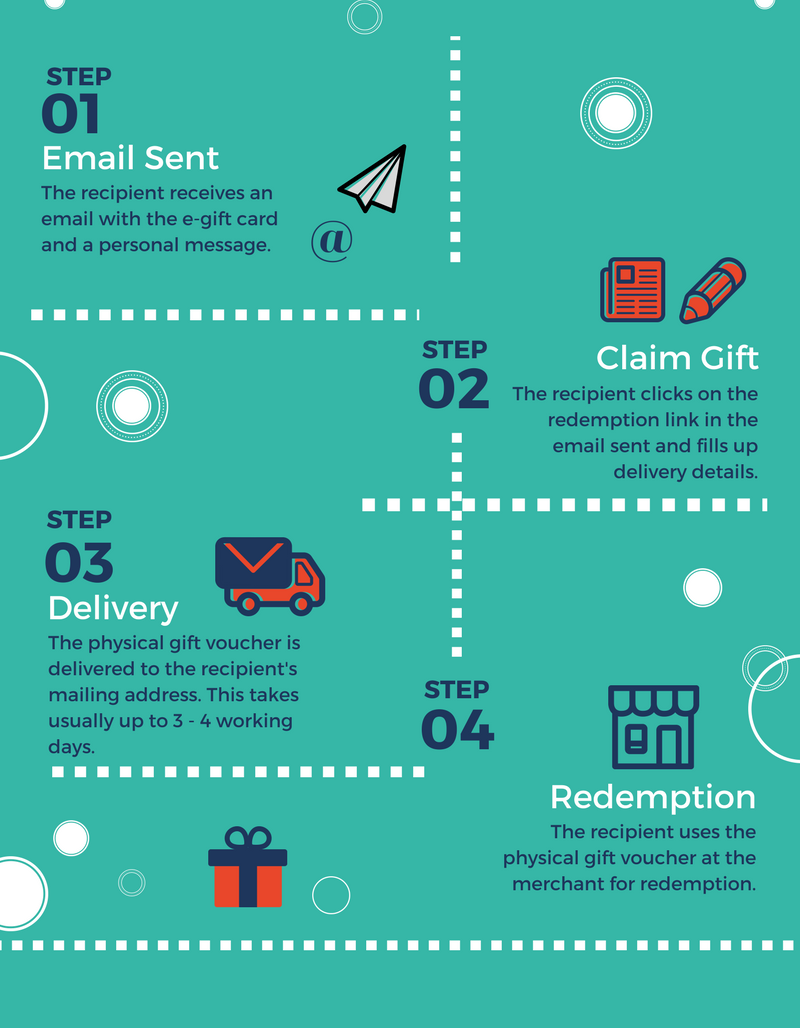Laser inscribing on glass can include vibrant, tailored styles to a range of products. This flexibility is just one of the key benefits of laser innovation over other engraving techniques.
Before you engrave your glass items with the laser, recognize a couple of common issues that can occur. These suggestions will certainly assist you attain the most effective outcomes feasible.
How Laser Engraving Works
Laser engraving is a popular technique for etching and customizing products. It is a procedure that can be done on a variety of products, consisting of glass, timber and steel. Laser inscribing machines can produce very detailed designs, with fine lines and accurate cuts. Using this technique, you can create custom awards and other products that are sure to impress.
To achieve the desired results, first, you will certainly require to conceive the layout. This will certainly aid you to determine what sort of photo or message you wish to etch externally. Then, you will need to convert your concept into an electronic visuals. This can be performed with visuals layout software program, such as Adobe Illustrator or Inkscape, and after that saved into a file format that works with your laser engraver.
As soon as the inscribing documents are prepared, it is time to begin preparing the material for laser marking. This can be done by applying a black mask that is designed specifically for laser usage. The dark shade of the mask shows laser light, and assists to reduce any heat that would or else harm the surface area.
Limiting Cracking
When the laser beam strikes the surface of glass it immediately warms the product up. The unexpected heating causes tiny cracks to the surface area. The fractures and fractures create the look of inscription, etching or frozen glass.
The varying compositions of various sorts of glass can impact exactly how the material responds to the laser. It is necessary to very carefully evaluate your laser settings on an example item of glass before starting a job. Specific emphasis is also crucial for tidy, constant results.
To improve the top quality of your inscriptions try using a dark paper to shield the glass from the laser. The specialized dark paper has a finish that takes in the laser energy and permits the etching to take place. The dark paper can be removed as soon as the engraving is complete. It is additionally suggested to use a reduced resolution and minimize the amount of black in the graphics as this will help in reducing micro-fracturing. A Jarvis dithering pattern can likewise be applied to the visuals in the laser chauffeur settings to randomize and divide the dots best personalized glass for coworkers of the design and more minimize the amount of micro-fracturing.
Preparing the Surface area
Laser marking on glass and plastic offers a wide range of useful uses, from item traceability (like date codes or lot numbers) to 3D noting within the material itself. It's additionally utilized for decoration and layout in industries like the automotive, food, and telecommunication markets.
Getting excellent results from laser inscription on glass depends partially on the preparation of the surface area. Keeping the product clean of dirt and grease aids the laser permeate deeper and much better. Masking the surface area with a paper towel or newspaper a little larger than the inscribing area can additionally decrease the effects of warm on large locations, helping to decrease cracking and boost general inscribing high quality.
Layout and laser control software application can also impact how well the procedure functions. Programs like Adobe Illustrator or Corel Draw aid you produce and change your styles while programs like LightBurn or LaserGRBL regulate the laser's settings.
Getting going
Laser etching on glass is rapid and efficient, developing a high-end appearance that enhances items and strengthens brand identification. While some may watch out for working with this fragile product, a little time and persistence will certainly help make certain gorgeous outcomes.
Using a commercial laser, you can include ornamental patterns, messages, or tailored designs to products like drinking glasses, bottles, pitchers, and more. The procedure is non-contact, lowering the danger of damage even on rounded or breakable surfaces.
To make best use of laser efficiency, you'll intend to spend time explore the setups for your specific maker and glass kind. Refining these settings will certainly decrease energy use, boost overall etching top quality, and reduce the possibility of mistakes or damage. For example, you can boost the resolution and lower the black level of your graphics to utilize much less laser power. In a similar way, using a Jarvis dithering pattern will certainly divide and randomize the dots in your graphics to further decrease laser warm use.
